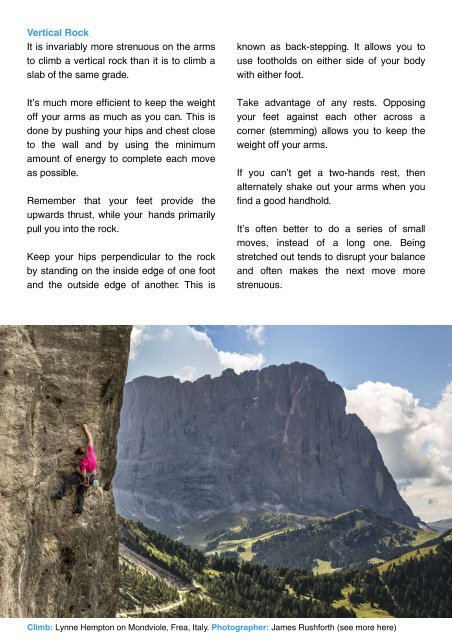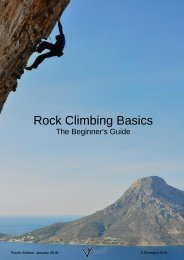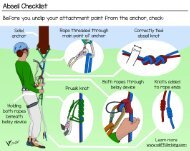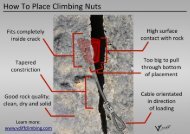Sport Climbing Basics - VDiff Climbing
This e-book will teach you how to: - Use assisted-braking belay devices - Lead sport climbs - Set up top ropes - Clean sport anchors - Abseil safely (including using a prusik knot) - Use advanced belay techniques - Climb with better technique - Assess bolt quality Plus much more. Further information: * Perfect for those who want to start sport climbing. * 200+ accurately drawn, full-colour illustrations and photos. * 115 information-packed pages. * Easy to print or view on your mobile. Take it to the crag; when in doubt, whip it out! * New for December 2017
This e-book will teach you how to:
- Use assisted-braking belay devices
- Lead sport climbs
- Set up top ropes
- Clean sport anchors
- Abseil safely (including using a prusik knot)
- Use advanced belay techniques
- Climb with better technique
- Assess bolt quality
Plus much more.
Further information:
* Perfect for those who want to start sport climbing.
* 200+ accurately drawn, full-colour illustrations and photos.
* 115 information-packed pages.
* Easy to print or view on your mobile. Take it to the crag; when in doubt, whip it out!
* New for December 2017
Create successful ePaper yourself
Turn your PDF publications into a flip-book with our unique Google optimized e-Paper software.
Vertical Rock<br />
It is invariably more strenuous on the arms<br />
to climb a vertical rock than it is to climb a<br />
slab of the same grade.<br />
It’s much more efficient to keep the weight<br />
off your arms as much as you can. This is<br />
done by pushing your hips and chest close<br />
to the wall and by using the minimum<br />
amount of energy to complete each move<br />
as possible.<br />
Remember that your feet provide the<br />
upwards thrust, while your hands primarily<br />
pull you into the rock.<br />
Keep your hips perpendicular to the rock<br />
by standing on the inside edge of one foot<br />
and the outside edge of another. This is<br />
kkkkkkk<br />
known as back-stepping. It allows you to<br />
use footholds on either side of your body<br />
with either foot.<br />
Take advantage of any rests. Opposing<br />
your feet against each other across a<br />
corner (stemming) allows you to keep the<br />
weight off your arms.<br />
If you can’t get a two-hands rest, then<br />
alternately shake out your arms when you<br />
find a good handhold.<br />
It’s often better to do a series of small<br />
moves, instead of a long one. Being<br />
stretched out tends to disrupt your balance<br />
and often makes the next move more<br />
strenuous.<br />
Climb: Lynne Hempton on Mondviole, Frea, Italy. Photographer: James Rushforth (see more here)






